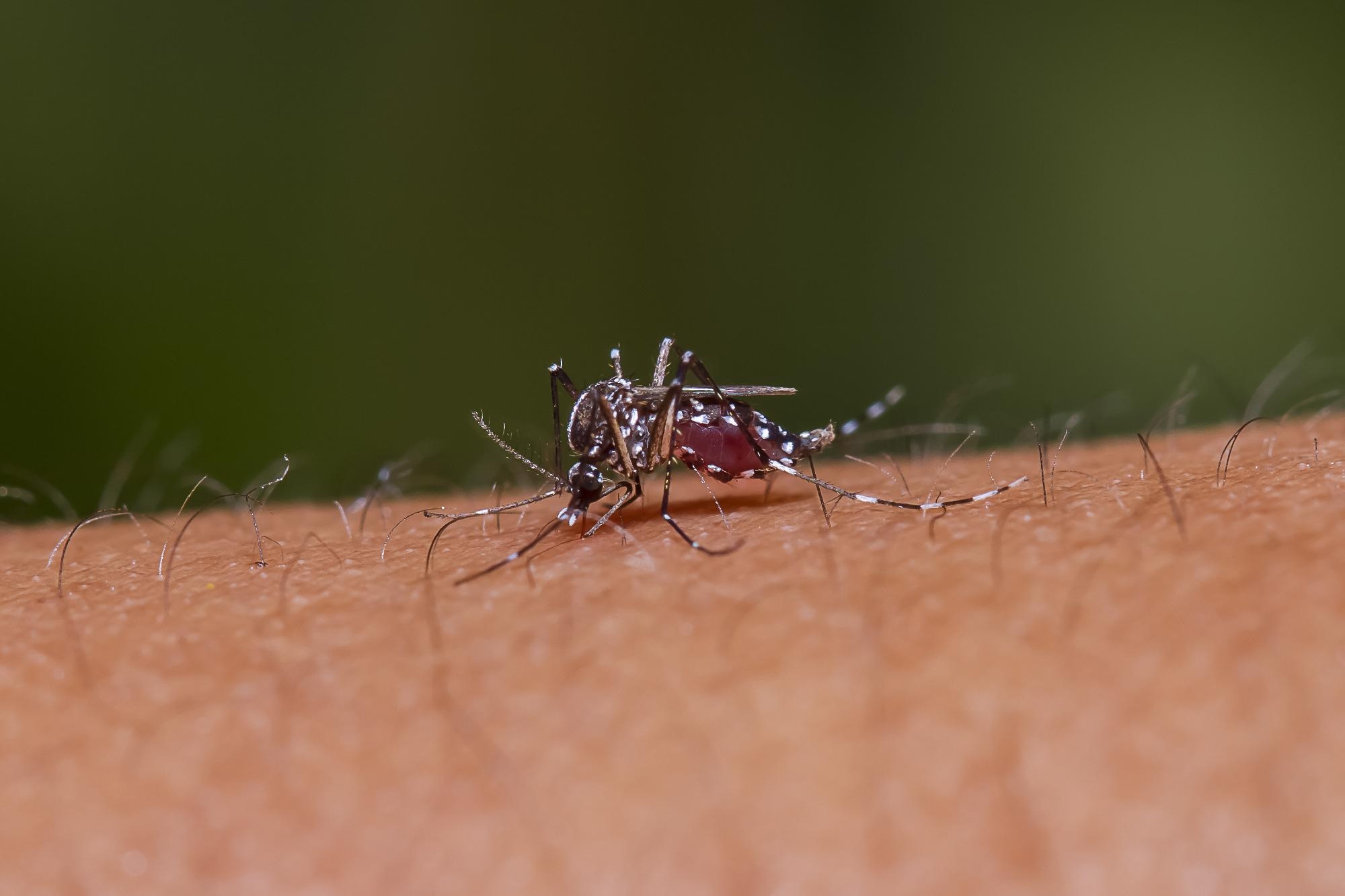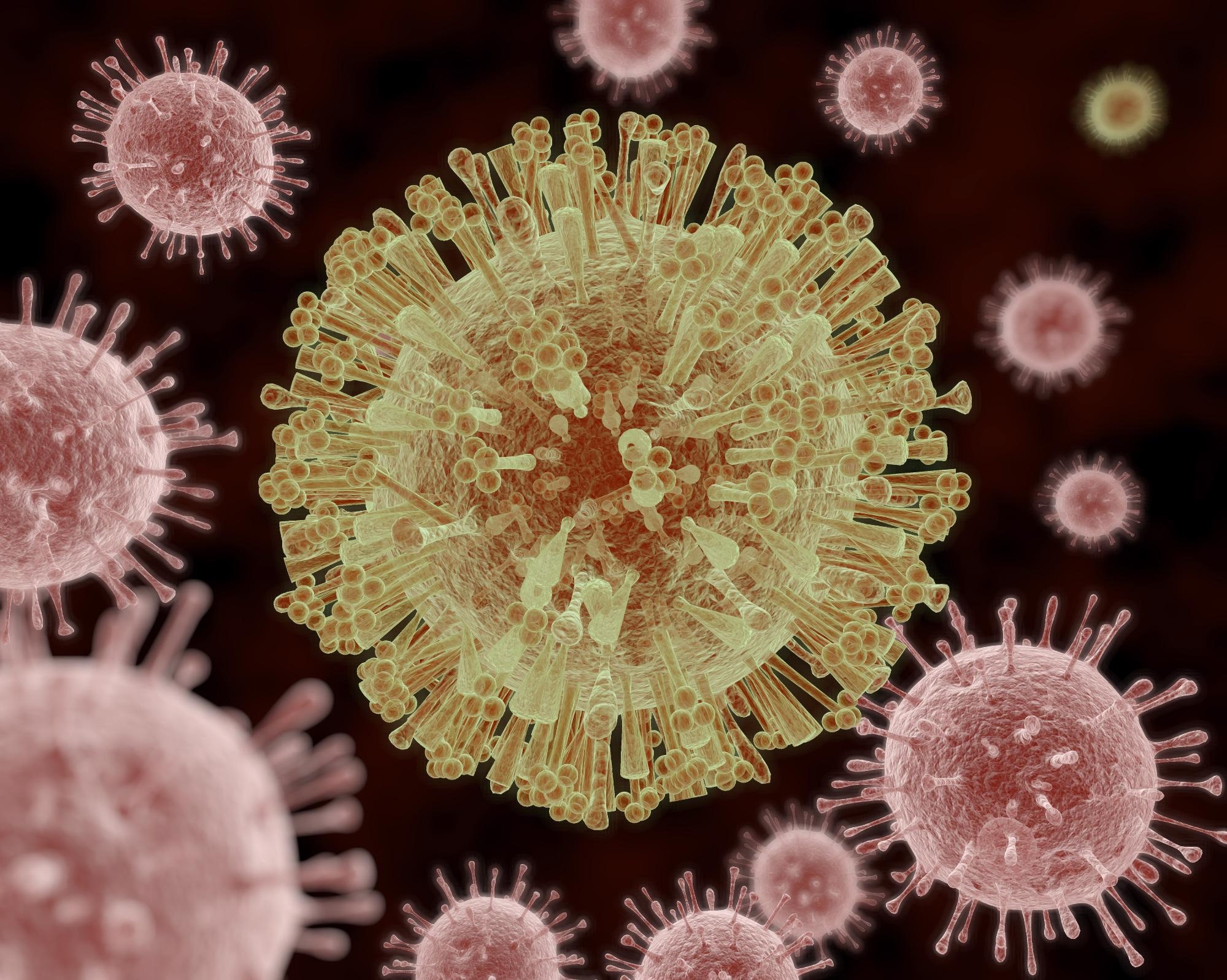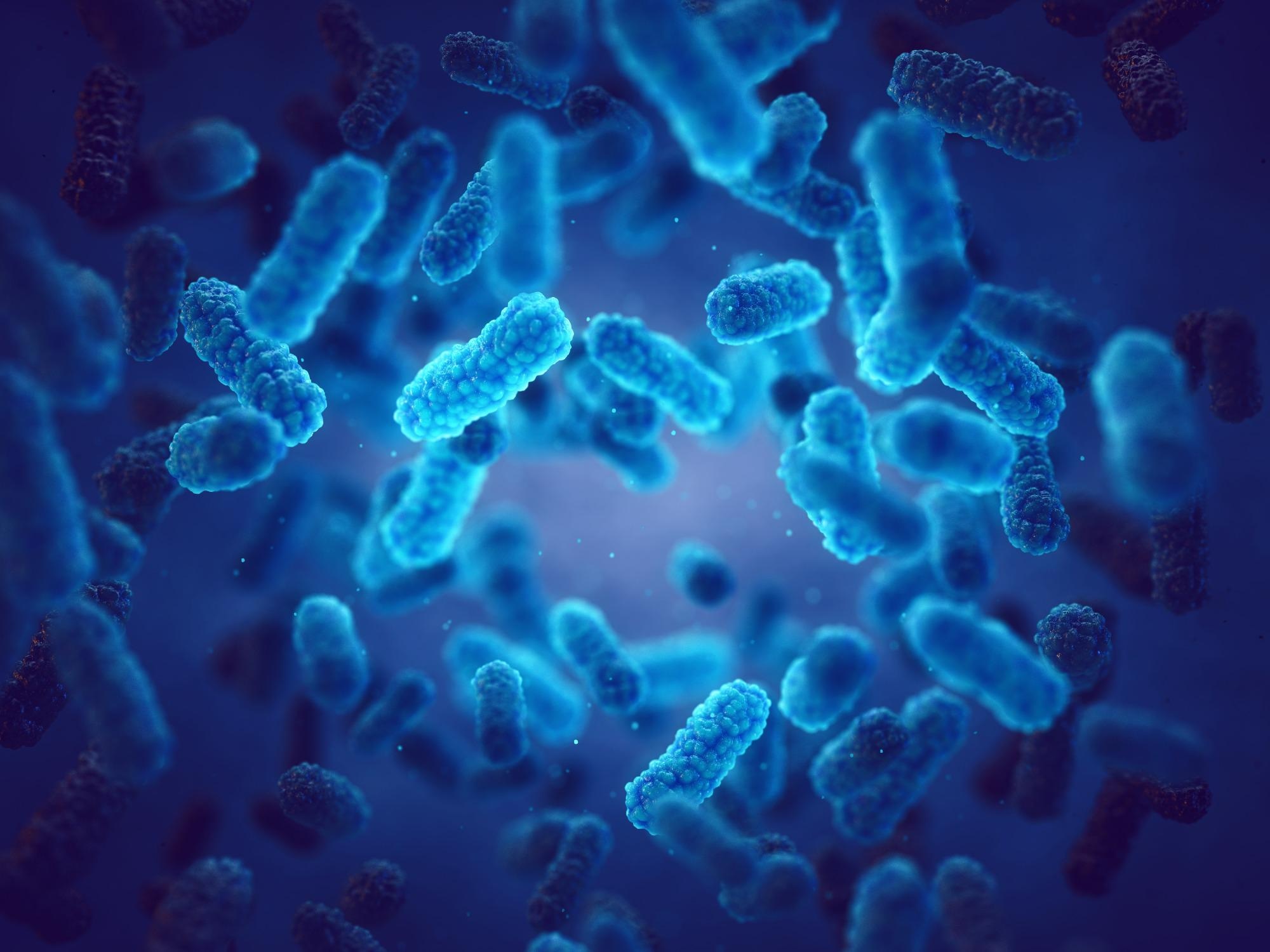AZoNano speaks with Dr. Laurene Tetard from the University of Central Florida about her upcoming research into the development of nanotechnology that can detect animal-borne diseases. The hope is that such technology can be used to help rapidly control infected mosquito populations to protect public health.
What inspired your new project that will be using nanotechnology to detect animal-borne diseases?
The idea stemmed from one of the group discussions that took place during the Scialog conference on Mitigating Zoonotic Threats. During the discussion, my now-collaborator on this project, Dr. McGregor, described her work on surveillance of mosquitoes and the painstaking steps involved in detecting infected mosquitoes.
When it comes to the surveillance of larger animals, such as cattle, a monitoring device on their collar can be used to detect changes in displacement; this is not the case for smaller animals such as mosquitoes or ticks.

Image Credit: Shutterstock.com/Worraket
There is a honey-baited card that is used in mosquito traps to collect potential pathogens from mosquitoes’ saliva. However, all cards (infected or not) have to be collected from the traps and analyzed with tedious techniques. These costly protocols can hinder the deployment of good surveillance programs in the US.
On the other hand, sensors using nanoparticles to indicate the presence of a pathogen by a color change have been implemented for many other applications. Being able to transition this nanotechnology to make the detection of pathogens in mosquitoes possible seems like an impactful idea that we are excited to pursue.
Could you give an overview of what zoonotic threats are?
Zoonotic threats are viruses, bacteria, parasites and fungi that originally live in animals but can spill over to humans and cause serious illnesses. Malaria, rabies, Lyme disease, Ebola or Zika viruses are zoonotic diseases transmitted from animals.

Image Credit: Shutterstock.com/ Aunt Spray
It is expected that climate change will lead to more and more perturbations of the local environments in which animals live, which could promote more “unknown” pathogens to become dangerous for humans. Thus, it is important to find ways to make use of state-of-the-art imaging and sensing tools to enable the discovery and detection of new potential zoonotic threats.
This is especially important because these new pathogens cannot always be grown in the lab. For this reason, nanoscale tools that are capable of getting information from a single cell at a time can be particularly important in this field of research.
As a result of the COVID-19 pandemic, most people are now aware of SARS-CoV-2 – the virus that causes COVID-19. What is the source of this virus?
The origin of the virus is still under debate, of course. But experts in zoonotic diseases predict that new pathogens can spill over from many animals in the future, including but not limited to rats, mosquitoes, bats, ticks and more. It is important to prepare for these events. Discussions facilitated by the Scialog conference have highlighted some of the needs to support the discovery, detection, identification and surveillance of zoonotic threats.
For this project, you have been awarded a $50,000 grant. What do you intend on using this grant for?
Our award will allow Dr. McGregor and my group to evaluate how nanoparticle-based sensors can be used to detect pathogens in mosquitoes. We are considering a few nanoparticle-based platforms to do this.
We are also working with collaborators at UCF who have the expertise to tune the properties of nanoparticles for the needs of this project. We hope to be able to demonstrate the proof-of-concept of our idea this year and test it on a real mosquito disease in Dr. McGregor’s lab at the USDA-ARS.
As a part of the new initiative, what will you be examining?
We will be examining the color changes obtained with various nanoparticles. Our aim is to obtain a color change that could be clearly identified by workers without the need for expensive equipment. We will consider color changes under the sun (visible light) or dark light. We will also evaluate implementing this technology into a system similar to the honey-baited card that is currently used in mosquito traps.
At present, the process of tracking potential threats from animals – particularly mosquitos – is laborious. Why do you think this is?
Mosquitoes are small, and their displacements are difficult to predict. Detecting the pathogens will require the mosquitoes to reach the sensing platform. In addition, there could be different populations of mosquitoes living in the same area. Due to this, traps have to be set up to gather enough mosquitoes in a confined space and collect their saliva for analysis.

Image Credit: Shutterstock.com/nobeastsofierce
Saliva is important because it contains pathogens when the mosquito is infected. But the amount of saliva collected during each feeding of a mosquito is relatively small, hence limiting the tools that can be used to fingerprint the potential pathogens. This is a very challenging problem.
There is a huge gap between the state-of-the-art technology being developed in nanotechnology and the technology currently available for tracking potential threats from animals. What is missing from the current technology available to track potential zoonotic threats?
Many researchers interested in developing highly sensitive and selective sensors have more of an engineering or physical science background. Many times, the early developments of new sensors involve using a “model analyte” to demonstrate the sensor’s performance. In cases where the team explores applications for their new platform, most studies are geared toward human diseases and environmental applications. The field of zoonotic threats is mostly uncharted in this respect.
The same is true for nanoscale imaging and spectroscopy. The tools are capable of revealing the structure and composition of pathogens, including viruses. They can also be used to study the interaction of various chemicals with these pathogens. But most studies have focused on human pathogens, not zoonotic pathogens.
Maybe the main message here is that experts in zoonotic threats should try to educate scientists with expertise on the outstanding need for smart sensors, imaging and spectroscopy for the detection of potential future threats. I think this will foster many new ideas as it did during the Scialog meeting.
How do you intend to create an active material that will change color if pathogens are present?
We will first focus on the color-change issue. This will be done with well-established nanoparticles which will be adapted for this application. Next, we will look for ways to develop gels that will entice mosquitoes with a sugary substance to collect their saliva and trigger the color change in the presence of the pathogen.
What impact will such an innovative material have on pathogen examinations?
Our technology will make it possible to speed up the identification of pathogen-infected mosquito traps in the field.
The pathogen examination will still require more advanced analyses for confirmation.
However, with this technology, only cards that exhibit color change will have to be analyzed. This will significantly reduce the costs and time spent on analyses. Over time, we envision developing technologies with different levels of specificity for pathogens, but this will require more time.
Have you anticipated any challenges that you may encounter during your research, and if so, how did you intend to overcome them?
We anticipate that many design iterations and optimization will be required to reach a field-effective solution with suitable color contrast and low false positive/negative counts. There are ways to address these issues, and we will work with experts in their respective fields to get the best ideas to deliver this product in a reasonable timeframe.
What do you hope this project will help achieve in terms of new treatments of zoonotic viruses?
This project is intended to improve the surveillance of mosquitoes.
Maybe your readers remember the propagation of the Zika virus in the US several years ago and the importance of rapidly controlling the infected mosquito populations to protect the public. We hope that our technology will help in such events, but also in routine monitoring by local authorities.
Of course, becoming more educated on the challenges of zoonotic diseases may also lead to new ideas that will impact the field in other ways.
About Dr. Laurene Tetard
 Dr. Tetard received her Ph.D. in Physics from the University of Tennessee, Knoxville, TN, in 2010. She spent two years (2011-2013) as Eugene P. Wigner Fellow and Research Staff in Oak Ridge National Laboratory, Oak Ridge, TN, before joining UCF in 2013 where she is an Associate Professor and currently the Department Associate Chair. She is a Scialog awardee (2021) and NSF CAREER Awardee (2019). Her research focuses on the development of high-resolution microscopy and spectroscopy tools to advance the fundamental understanding of complex systems based on morphological, subsurface, physical and chemical properties at the nanoscale.
Dr. Tetard received her Ph.D. in Physics from the University of Tennessee, Knoxville, TN, in 2010. She spent two years (2011-2013) as Eugene P. Wigner Fellow and Research Staff in Oak Ridge National Laboratory, Oak Ridge, TN, before joining UCF in 2013 where she is an Associate Professor and currently the Department Associate Chair. She is a Scialog awardee (2021) and NSF CAREER Awardee (2019). Her research focuses on the development of high-resolution microscopy and spectroscopy tools to advance the fundamental understanding of complex systems based on morphological, subsurface, physical and chemical properties at the nanoscale.
Disclaimer: The views expressed here are those of the interviewee and do not necessarily represent the views of AZoM.com Limited (T/A) AZoNetwork, the owner and operator of this website. This disclaimer forms part of the Terms and Conditions of use of this website.